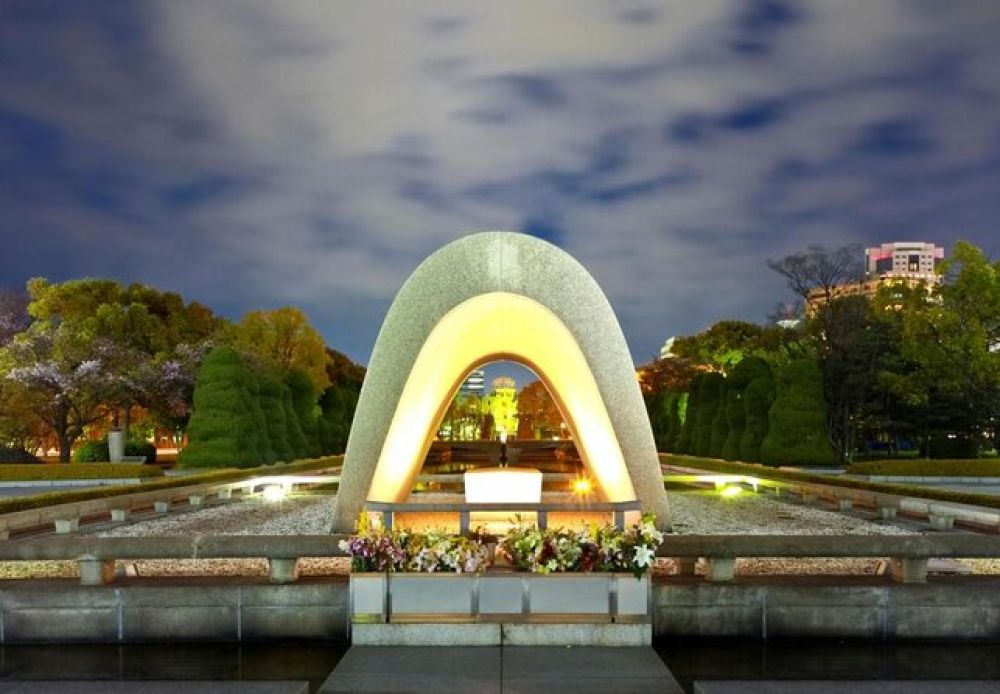

The Hiroshima Peace Memorial Park in Hiroshima, Japan stands as a poignant symbol of peace and a powerful reminder of the consequences of war. It was built to commemorate the victims of the atomic bombing on August 6, 1945, and to promote a world without nuclear weapons. The history of tourism to the Peace Memorial Park is intrinsically linked to the global history and the city's efforts to transform a site of tragedy into one of hope and remembrance.
After the bombing, Hiroshima was left in ruins, but the city decided to rebuild itself with a focus on peace and reflection. The park was designed by Japanese architect Kenzo Tange and officially opened to the public in 1954. The area, once a bustling political and commercial center, was turned into an open space that would not only serve as a memorial but also as a place for future generations to gather and learn.
One of the most iconic structures within the park is the Hiroshima Peace Memorial, commonly known as the Atomic Bomb Dome or Genbaku Dome. This haunting structure miraculously remained standing after the explosion and was designated a UNESCO World Heritage Site in 1996, becoming a potent symbol of the city's resilience and a focal point for tourists.
The establishment of the Hiroshima Peace Memorial Museum in 1955 also marked a pivotal moment in the park's history, providing visitors with a deeper understanding of the bombing's effects and the importance of global peace. Over the years, additional monuments and facilities, such as the Children's Peace Monument and the Peace Flame, were added to foster a reflective environment for contemplation and education.
In the decades following its inception, the park has become one of the most visited sites in Hiroshima, attracting tourists from around the world. The rise of peace tourism has brought international attention to the city, with visitors seeking to learn from the past and embrace the park's message of hope. Annual events, such as the Hiroshima Peace Memorial Ceremony on August 6th, see an influx of visitors, including survivors of the bombing, relatives, peace activists, and government officials.
In recent years, there has been a significant shift towards a more mindful approach to travel, with tourists increasingly seeking experiences that offer historical insight and cultural understanding. This has benefited Hiroshima Peace Memorial Park's visitation, as the site is a poignant reminder of the tragic consequences of war and the enduring pursuit of peace.
Virtual reality experiences have been introduced, allowing visitors to witness the pre- and post-bombing conditions of Hiroshima, offering a stark contrast and a deeper emotional connection to the city's history. Sustainable tourism initiatives have also been implemented to ensure the park is preserved for future generations.
As a site of historical importance and a beacon for peace, the Hiroshima Peace Memorial Park continues to play a critical role in shaping tourism in Hiroshima. It stands not only as a destination but as a solemn reminder of the past and an educator for a better future.